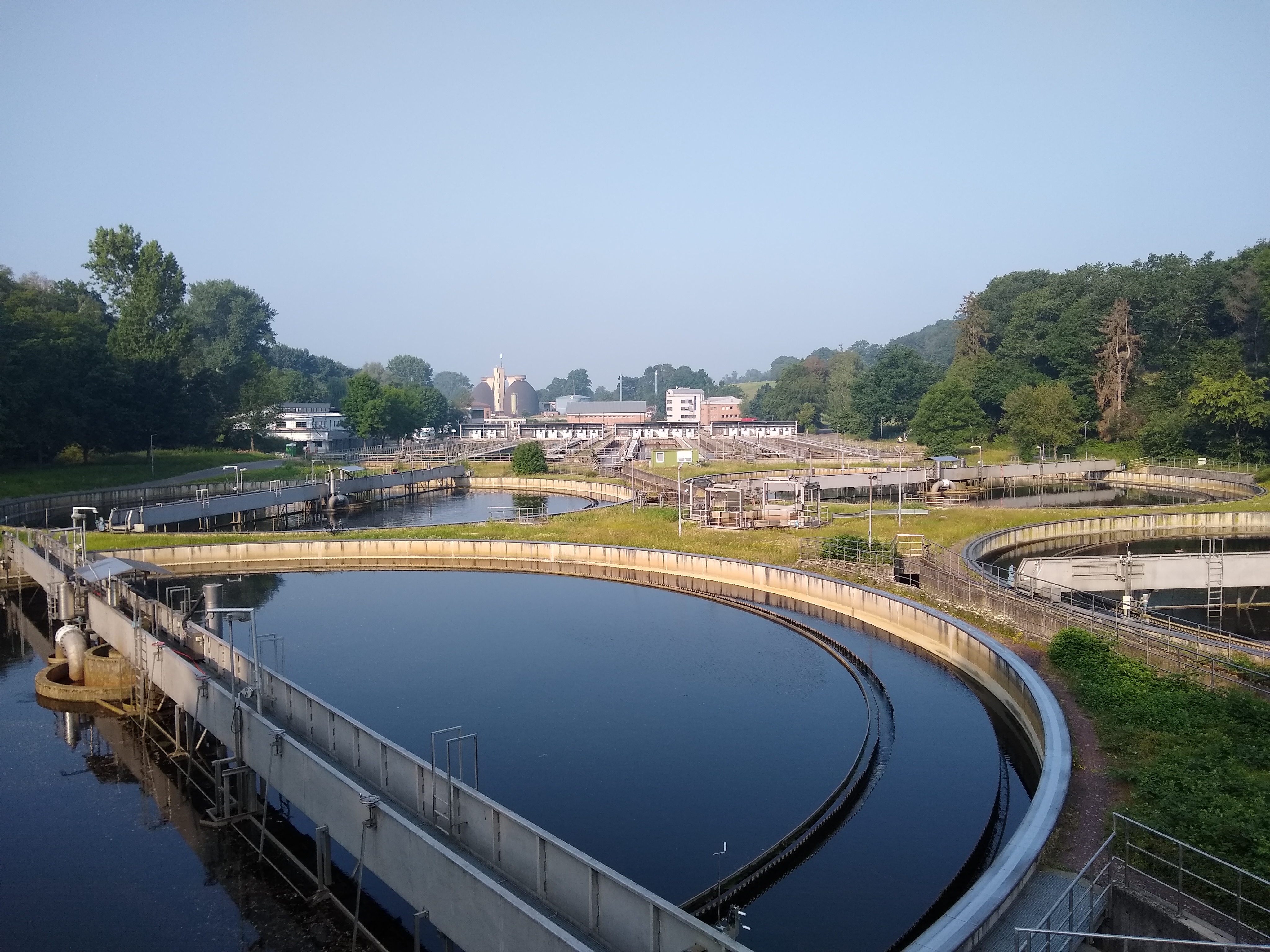Affordable and clean energy
Decent work and economic growth
Responsible consumption and production
Partnerships for the goals
Clean water and sanitation
Project coordination: Rheinisch-Westfälische Technische Hochschule Aachen – Institut für Siedlungswirtschaft
Contact: Fr. Julia Wolters
Adress: Mies-van-der-Rohe-Str. 1, 52062 Aachen
Tel.: (+49) (0)241 / 80 915 25
Email: pepcat(at)isa.rwth-aachen.de
Project partners in Germany:
- RWTH Aachen Universität, Aachen
- AMO GmbH, Aachen
- UMEX GmbH Dresden, Dresden
- Coatema Coating Machinery GmbH, Dormagen
- HOLINGER Ingenieure GmbH, Merklingen
Project partners in China:
- Beijing Capital Company, Limited, subsidiary of Beijing Capital Group (BCG), Beijing
- Tsinghua University, Beijing
- Beijing University of Technology, Beijing
- Renmin University of China, Beijing
- Research Center for Eco-environmental Sciences, Chinese Academy of Sciences, Beijing
Energy-Efficient Advanced Oxidation to Eliminate Organic Substances in Waste Water by means of Plasmonic Photocatalysis
The amount of water consumed in Beijing, China, already exceeds regional water resources. Rapidly increasing population figures and the associated intensified use of these resources mean that the water shortage in Beijing and many other megacities is likely to intensify in the coming years. A long-term and sustainable solution to this problem is to reclaim waste water that has been treated extensively. Previous technical approaches are characterised by high resource and / or energy requirements, which are reduced by the PEPcat technology.
Testing the use of sunlight in waste water treatment in Aachen and Beijing
PEPcat aims to develop an energy- and resource-efficient approach for the secondary treatment of processes at conventional waste water treatment plants that reduces the eco-toxicological and human toxicity potential whilst at the same time allowing the water to be reused.
The oxidative drainage treatment process developed in this project is based on the generation of highly reactive hydroxyl radicals in the water itself. These radicals can be used to destroy environmentally relevant substances in waste water. They are significantly more reactive than chlorine, for example, and are also consumed in a fraction of a second, meaning no chemicals remain in the water, in contrast to other processes. The generation of these hydroxyl radicals with the help of high-energy UV light and using titanium dioxide as a catalyst has already been well researched. What makes the approach innovative is the combination of this process with the plasmonic effect, which enables the titanium dioxide to unfold its catalytic effect even in visible light. This in turn allows the use of the sun as a light source and/or enables significantly increased efficiency by utilising a higher wavelength range when using artificial radiation sources.
This technology will be integrated into a local concept for waste water reuse in order to depict and evaluate the benefits for the target region of Beijing. The project is linked to the Chinese water mega-project, Research and demonstration of key technologies for future waste water treatment plants.
Process optimisation on a laboratory scale and subsequent plant development and construction
The following work steps will take place in Germany at the beginning of the project:
- Investigation of the cleaning performance for organic carbon compounds
- Development of process understanding through extensive investigation of various influencing factors
- Optimisation of the catalyst and the reactor geometry
After developing a nanostructured coating for plasmonically enhanced photocatalysis, the technology will be scaled up for industrial production.

As the project progresses, the pilot plant developed in Germany will be integrated into the Dongba waste water treatment plant in China.
Test operations to run for one year at the pilot plant in China
The project will consider the following focus areas over the course of the year-long test operations:
- Functionality review under actual conditions
- Comparison of solar / PEPcat and UV / PEPcat
- Consideration of energy requirements and operating costs to achieve defined cleaning objectives, retention time in dependence on boundary conditions and dependencies of climatic conditions
- Statements on long-term stability of catalysts
- Examination of the technology with regard to its eco-toxicological potential

The PEPcat joint project offers several facets to utilise sustainability potential. The intended reduction in the input of oxidizable substances from waste water treatment plants and the possible reuse of water due to a highly efficient cleaning perfomance, for example, aim to sustainably conserve water in China. It is to be expected that the reactor’s catalyst plates will exhibit almost complete mechanical resistance and self-cleaning effects, which will in turn ensure longevity. This sustainability potential and its transferability to other Chinese metropolitan regions can be quantified at the end of the project.
